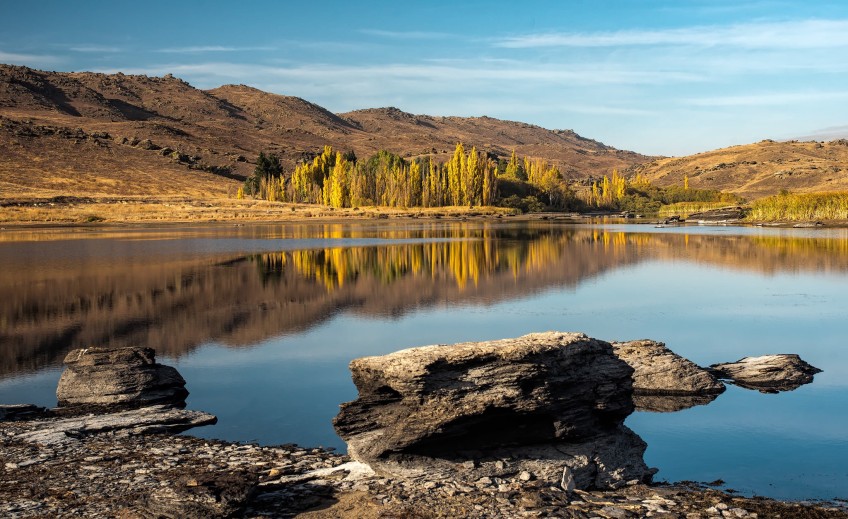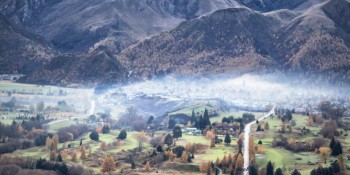
Stay clear - toxic Cyanobacteria in Butchers Dam
The potentially toxic Cyanobacteria has been found in Butchers Dam in Central Otago, prompting the Otago Regional Council to advise people to stay out of the dam and keep dogs well away from the water and dam edges.
Cyanobacteria, a blue-green algae (Anabaena lemmermannii), can potentially produce toxins which are harmful to humans and pets if swallowed or through contact with skin, says ORC’s water quality scientist Rachel Ozanne.
The warning to keep clear of the dam will remain in place until weekly testing shows that the cyanobacteria is no longer a health risk, she says.
Algae in lakes and dams often begin blooming at this time of year from a combination of rising water temperatures, the increase of sunlight hours and nutrients in the waterways.
Ms Ozanne says a member of the public alerted the ORC to an unusual algae present at Butchers Dam, and subsequent testing identified it was cyanobacteria.
“What’s happened at Butchers Dam is an indication that other lakes are likely to experience algae blooms too and the public should inform themselves of what to look for,” she says.
Planktonic cyanobacterial blooms are generally green in colour and can give lakes a “pea soup” appearance.
“They can also form visible green to red films or scums on the water’s surface, especially at the water’s edge,” she says.

Cyanobacteria, a blue-green algae, can potentially produce toxins which are harmful to humans and pets if swallowed or through contact with skin (Image ORC).
Can persist beyond summer
If the presence of likely cyanobacteria cells is reported, the ORC takes a composite water sample and that material is analysed for cyanobacteria identification and cell counts, Ms Ozanne says.
“Cyanobacteria can be present throughout summer, but some persistent blooms will hang around through winter too."
Locally, Lake Hayes is another “hot spot” for cyanobacteria, she says.
There have been instances in the past where dogs, birds, cattle and other wildlife have died from exposure to the algae.
Symptoms can include lethargy, tremors, paralysis, foaming at the mouth or vomiting.
“Affected animals should be taken to a vet immediately.”
What to do
Avoid contact with water in Butchers Dam, even parts which look clear, as toxins can persist after an algal bloom has dissipated or moved.
Anyone who suspects they are experiencing a reaction due to contact with toxic algae should seek medical attention.
If you spot green algae in lakes, or dark mats in streams and rivers, contact the ORC on our 24/7 pollution hotline, 0800 800 033.
For more information on potentially toxic algae, see LAWA’s factsheet: https://www.lawa.org.nz/learn/factsheets/potentially-toxic-algae/
Main image (Facebook/Ashley Hopkins): Butchers Dam






























